Photo credits: An Introduction to Constitutional Law
Buchanan v. Warley is a case in which the Supreme Court of the United States addressed civil government-instituted racial segregation in residential areas.
The Court unanimously contended that a Louisville, Kentucky city ordinance prohibiting the sale of real property to blacks in white-majority neighborhoods or buildings and vice versa violated the Fourteenth Amendment‘s protections for freedom of contract. The ruling of the Kentucky Court of Appeals was thus reversed.
Prior state court rulings had overturned racial zoning ordinances on grounds of the “takings clause” because of their failures to grandfather land that had been owned prior to enactment. The Court, in Buchanan, ruled that the motive for the Louisville ordinance, separation of races for purported reasons, was an inappropriate exercise of police power, and its insufficient purpose also made it unconstitutional.
Additional Case Information
The city of Louisville had an ordinance that forbade any black individuals to own or occupy any buildings in an area where a greater number of whites resided and vice versa. In 1915, William Warley, the prospective black buyer and an attorney for the National Association for the Advancement of Colored People (NAACP) made an offer to Charles H. Buchanan for his property in a predominately white neighborhood.
Warley based his offer on the following condition:
“It is understood that I am purchasing the above property for the purpose of having erected thereon a house which I propose to make my residence, and it is a distinct part of this agreement that I shall not be required to accept a deed to the above property or to pay for said property unless I have the right under the laws of the State of Kentucky and the City of Louisville to occupy said property as a residence.“
Buchanan accepted the offer. When Warley did not complete the transaction, Buchanan brought an action in the Chancery Court of Louisville to force him to complete the purchase. Warley argued that Louisville’s ordinance prevented him from occupying the property. Buchanan sued on the grounds that the ordinance was unconstitutional.
Final Supreme Court Ruling
In its final decision, which was made official on November 5, 1917, the Supreme Court unanimously agreed with Buchanan:
“The effect of the ordinance under consideration was not merely to regulate a business or the like, but was to destroy the right of the individual to acquire, enjoy, and dispose of his property. Being of this character, it was void as being opposed to the due process clause of the constitution.”
Reversing the Appeals Court decision, the Supreme Court ruled that the ordinance surpassed the legitimate grounds of police power, as it interfered with individuals’ rights of property. In addition, the court noted that the ordinance neither regulated the race of servants who might be employed in certain areas nor counted them as members of the household.
Former Supreme Court Justice Oliver Holmes wrote a draft opinion, which suggested the case was “manufactured” by the seller and buyer. He withdrew the dissent and voted with the majority.
The majority of this page’s content was sourced from a Wikipedia article. The contents are publicly available under the CC BY-SA 4.0 license.

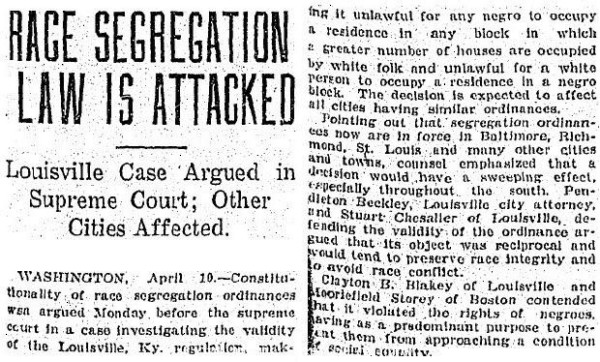




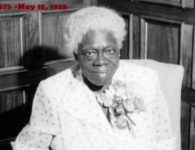
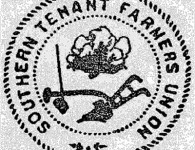



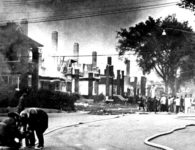
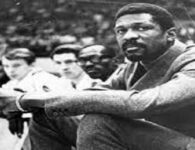

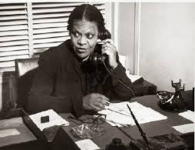

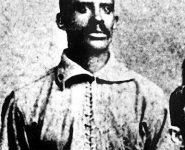
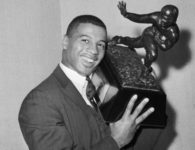



1 Comment
[…] This content was originally published here. […]